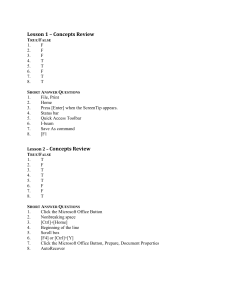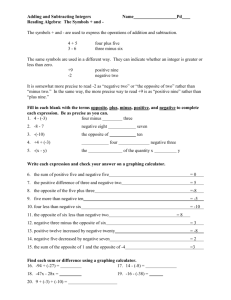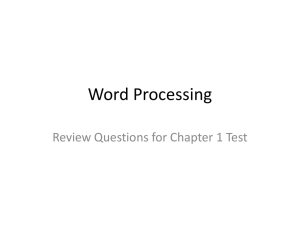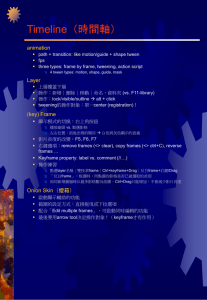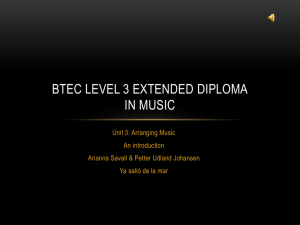Readme
advertisement
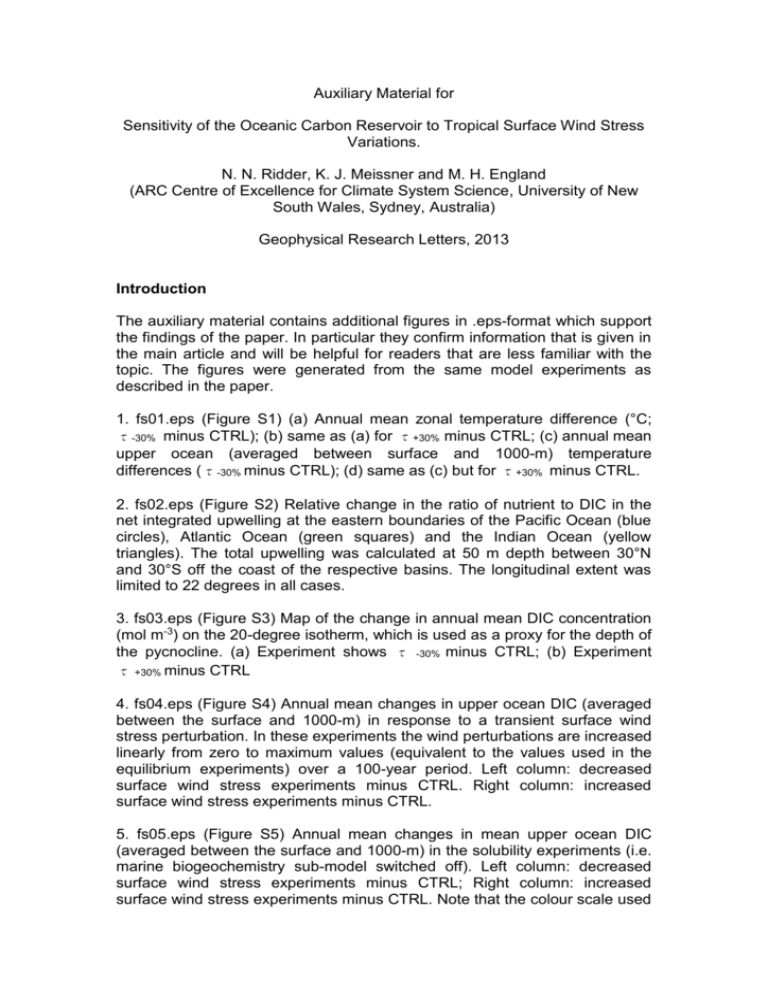
Auxiliary Material for Sensitivity of the Oceanic Carbon Reservoir to Tropical Surface Wind Stress Variations. N. N. Ridder, K. J. Meissner and M. H. England (ARC Centre of Excellence for Climate System Science, University of New South Wales, Sydney, Australia) Geophysical Research Letters, 2013 Introduction The auxiliary material contains additional figures in .eps-format which support the findings of the paper. In particular they confirm information that is given in the main article and will be helpful for readers that are less familiar with the topic. The figures were generated from the same model experiments as described in the paper. 1. fs01.eps (Figure S1) (a) Annual mean zonal temperature difference (°C; τ-30% minus CTRL); (b) same as (a) for τ+30% minus CTRL; (c) annual mean upper ocean (averaged between surface and 1000-m) temperature differences (τ-30% minus CTRL); (d) same as (c) but for τ+30% minus CTRL. 2. fs02.eps (Figure S2) Relative change in the ratio of nutrient to DIC in the net integrated upwelling at the eastern boundaries of the Pacific Ocean (blue circles), Atlantic Ocean (green squares) and the Indian Ocean (yellow triangles). The total upwelling was calculated at 50 m depth between 30°N and 30°S off the coast of the respective basins. The longitudinal extent was limited to 22 degrees in all cases. 3. fs03.eps (Figure S3) Map of the change in annual mean DIC concentration (mol m-3) on the 20-degree isotherm, which is used as a proxy for the depth of the pycnocline. (a) Experiment shows τ -30% minus CTRL; (b) Experiment τ +30% minus CTRL 4. fs04.eps (Figure S4) Annual mean changes in upper ocean DIC (averaged between the surface and 1000-m) in response to a transient surface wind stress perturbation. In these experiments the wind perturbations are increased linearly from zero to maximum values (equivalent to the values used in the equilibrium experiments) over a 100-year period. Left column: decreased surface wind stress experiments minus CTRL. Right column: increased surface wind stress experiments minus CTRL. 5. fs05.eps (Figure S5) Annual mean changes in mean upper ocean DIC (averaged between the surface and 1000-m) in the solubility experiments (i.e. marine biogeochemistry sub-model switched off). Left column: decreased surface wind stress experiments minus CTRL; Right column: increased surface wind stress experiments minus CTRL. Note that the colour scale used here is different to Figure 3 to highlight the sign of change in the solubility experiments; specifically changes are of a much reduced amplitude compared to the full carbon cycle experiments shown in Figure 3. 6. fs06.eps (Figure S6) Annual mean depth of density surfaces along the equatorial Pacific at 0.9°S. Contours show annual mean potential density (minus 1000) in units of kg m-3; (a) Experiment τ-30% (red, dashed line) vs. CTRL (black, solid line), (b) Experiment τ+30% (green, dashed line) vs. CTRL (black, solid line). 7. fs07.eps (Figure S7) Annual mean zonal depth change (m) of the 20degree isotherm (blue squares) and the nutricline (red triangles) in the Pacific Ocean at 0.9°S versus wind stress perturbations. The 20-degree isotherm (D20) is used as a proxy for the pycnocline depth; the nutricline depth is taken to be the depth of the strongest gradient in the vertical profile of the NO 3 concentration at 0.9°S in the Pacific Ocean.
